Origin of Amphibia (Tetrapoda)
Origin of Amphibia
(Tetrapoda)
The primitive amphibians were the first vertebrates to initiate
the conquest of land in the Devonian period. They arose from the
Crossopterygian fishes. The most spectacular event in the phylogenetic history
of vertebrates is the emergence of Amphibia from piscine ancestors. The event
took place nearly 300 million years ago in the background of the dry and arid
Devonian period. The close anatomical resemblances and palaeontological
evidences provided by Romer, Watson, Stensio, Jarvik and others clearly
establish that the amphibians arose from some fish-like ancestors. The structural
and functional adaptations that were acquired by the first amphibians while
invading land to face the problems of terrestrial life are as follows:
1. Head and lower jaw developed powerful musculature.
2. Pectoral girdle well developed with strong scapula and pelvic
girdle tri-radiate with elaborate ilium.
3. Limbs well developed with powerful muscles to lift the body from
the ground.
4. Vertebral column rigid and strong.
5. Well-developed lings for aerial respiration. Moist skin serves
as an accessory respiratory organ.
6. Vascular system well developed incorporating a pulmonary
circuit.
7. Middle Ear cavity with columella auris for transmission of sound
waves.
8. Skin keratized to prevent desiccation on land.
The discoveries of the fossil footprints of Thinopus, an
amphibian, and of skeletal remains of Elphistostege, an intermediate form
between the crossopterygian osteolepid and the tetrapod, Ichthyostega, from the
Devonian stratum strongly suggest that the tetrapods originated in the
Devonian. There is no fossil record of Amphibia during the Silurian period and
in the Carboniferous three major groups of Amphibia – the Labyrinthodontia, the
Phyllospondyli and Lepospondyli were dominating the earth. So, the Devonian
must be the period of amphibian emergence. When we discuss about the factors
that become reason of origin then the climatic and ecological conditions of the
Devonian period provide us with the impelling causes of the emergence of
amphibians. The Devonian was a dry period when streams and ponds tended to dry
up seasonally. Ancestors of amphibians (crossopterygians) with their lobed fins
could move from drying pools where water was available. According to Romer, ‘land-limbs
were developed to reach water and not to leave it’. Berrill (1955) believes
that the enemies in water forced the crossopterygians to explore land. Other factors
were the abundance of food on land, availability of atmospheric oxygen and
especially, the recurrence of unfavourable environment. On coming to land the
primitive amphibians acquired changes and became specialized and split up into
three orders which took three different courses of evolution.
1. In Labyrinthodontia the skull was heavily armoured and
the large teeth had enfolded enamel layer. While some were terrestrial, many of
these remained fully aquatic. The evolution of Labyrinthodontia was essentially
a process of reduction of ossification.
2. The Phyllospondyli including a group of small salamander
like amphibian were contemporary with Embolomeri. It seems highly probable that
salamanders (Urodela) and frogs (Anura) arose from them.
3. The Lepospondyli represent a residual group and the
modern caecilians (Apoda) were derived from them.
Reference
Also See
• Parrots
• Bats
• Bears
• Birds
©
Don`t Kill Creatures of
Nature, You have No Right to Do That
Being Vegetarian, Love
Creature of Nature
Live and Give Space for
another Life
Save Nature
Love Nature
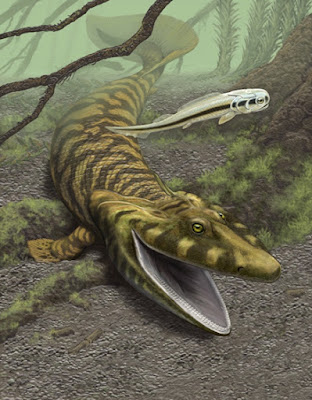








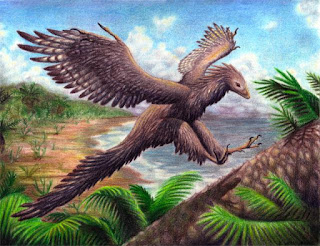
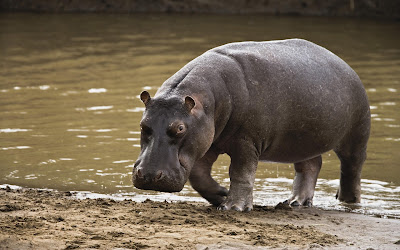

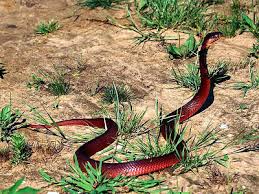


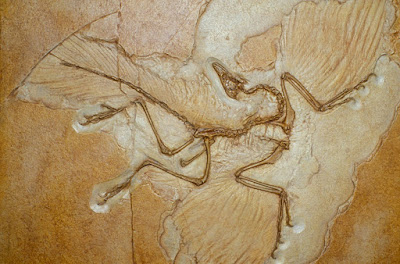


Love this article
ReplyDelete